College girls whose hometown became a battleground…Ukraine “People living in the war zone
Photo reportage , A master reopens a bar under an air raid warning, a late-night music concert breaking a curfew, a homeless man with a military support ribbon ......

My first visit to Ukraine was at the end of May, when it was still chilly. After a 15-hour bus ride from Warsaw in neighboring Poland, I arrived in Kyiv, the capital of Ukraine. Three months had passed since the Russian military invasion, and the bus was full of people returning from evacuation.
In June, we traveled 460 km further east to Khalkhiu. By the end of August, I had interviewed about 100 people and was surprised by the grim expressions on their faces.
Ukraine did not have its own state until the collapse of the Soviet Union. In its history since the Middle Ages, the country has been overrun by various “empires,” including the Mongols, the Russian Empire, Austria, and Nazi Germany, and has been forced to endure a long period of subjugation. Even homeless people were seen wearing ribbons on their wrists praying for the victory of the Ukrainian army, saying, “If we lose the war, we will lose our nation. We will not run away. We will fight and win against Russia.
During the war, the country had many faces. A bar master who quickly reopened his store for the local residents, young people having street sessions in a residential area under curfew ……. The faces were grim, but the streets were alive with small activities. No matter how much the Russian army destroys the city, it cannot destroy the heart. People are much bigger than war. I muttered to myself as I stood in a town that still bore the scars of war in places.
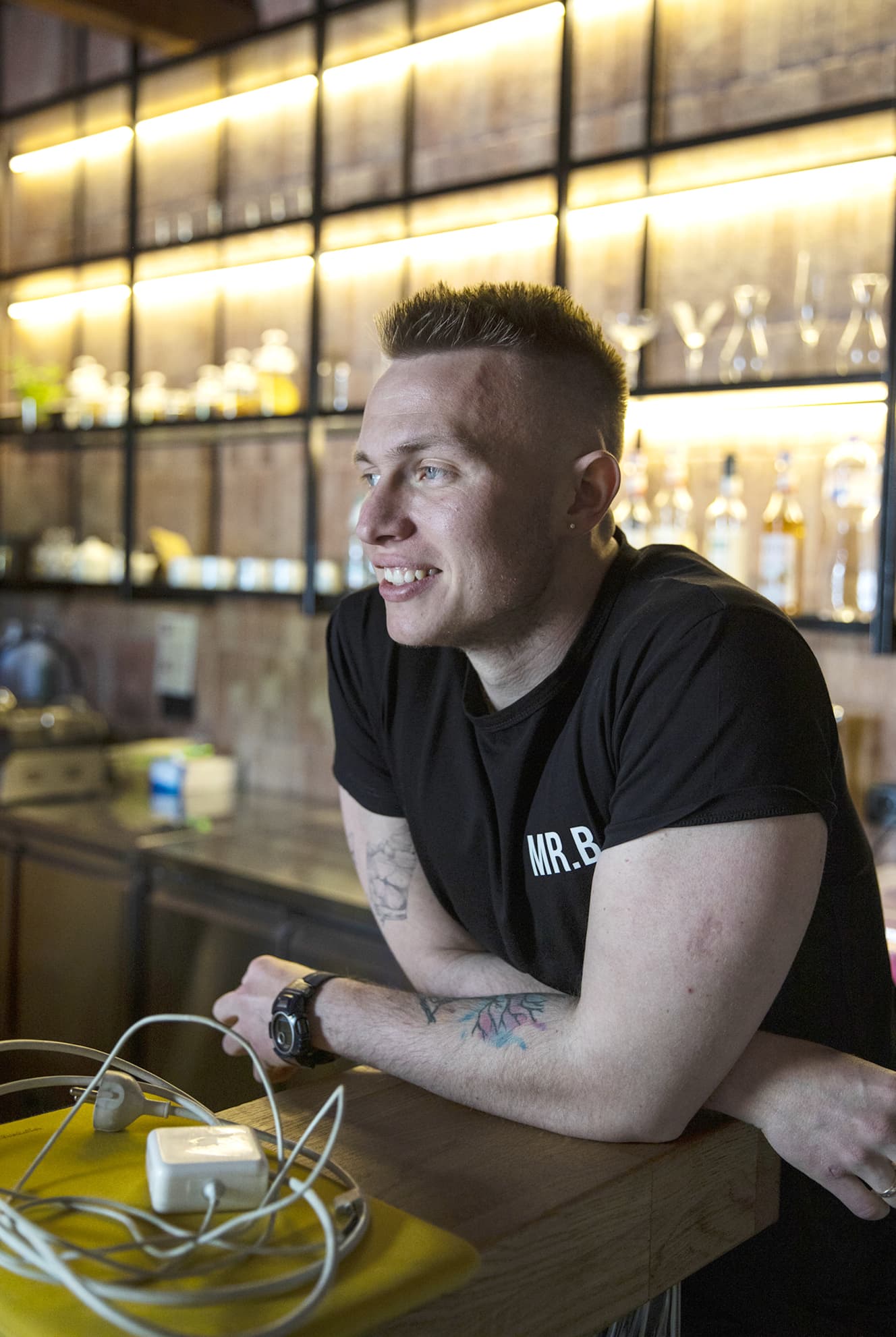
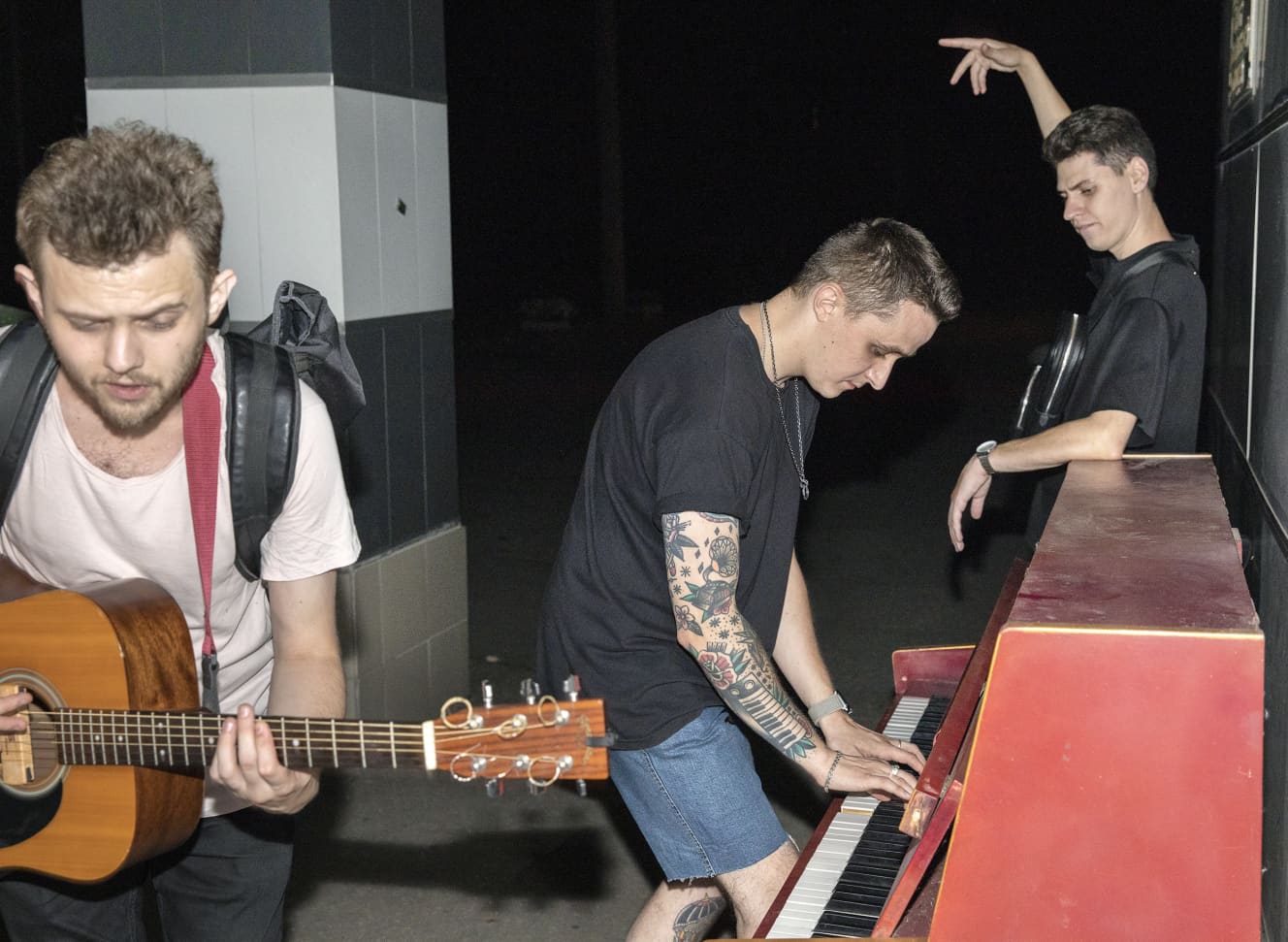
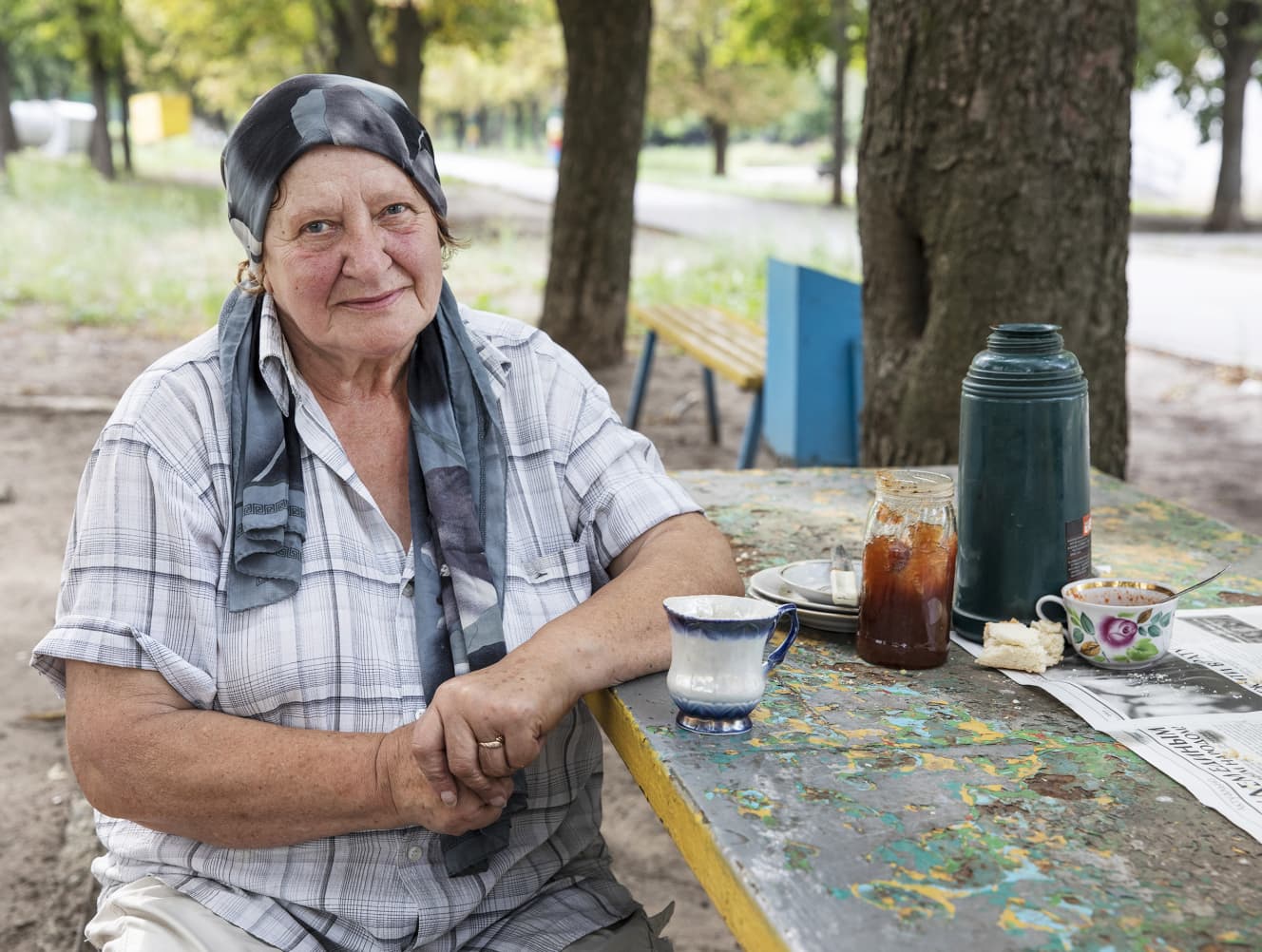

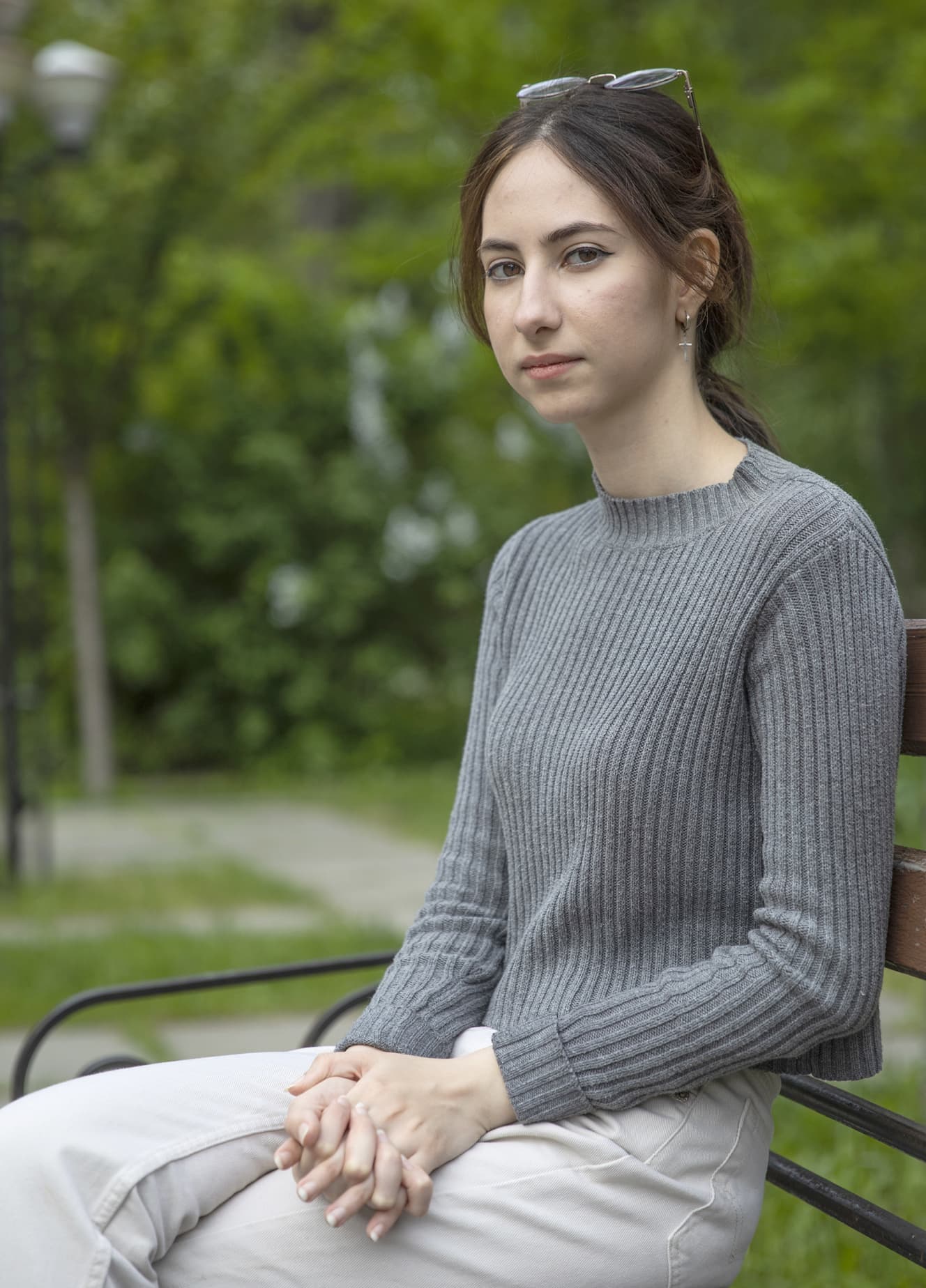
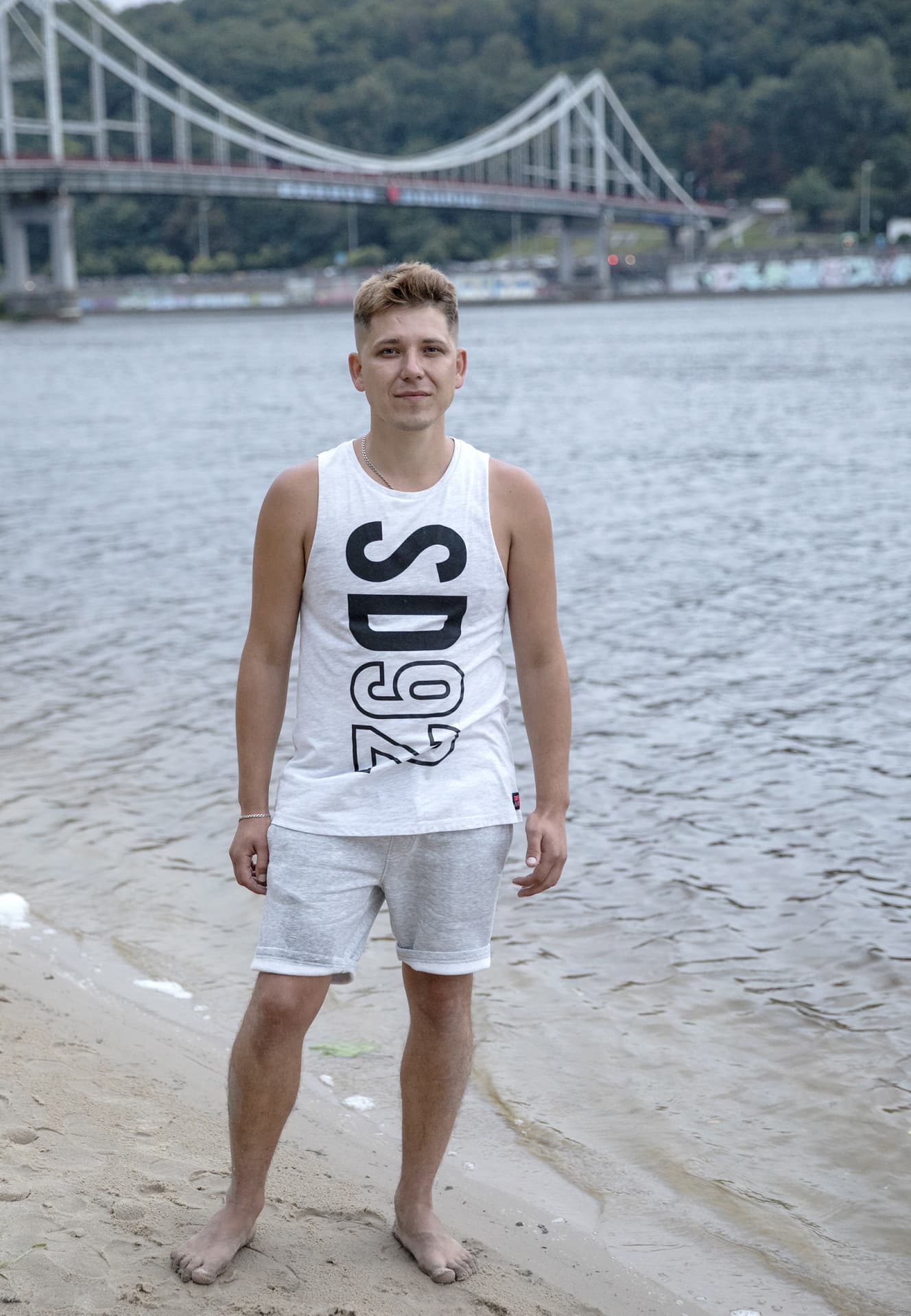
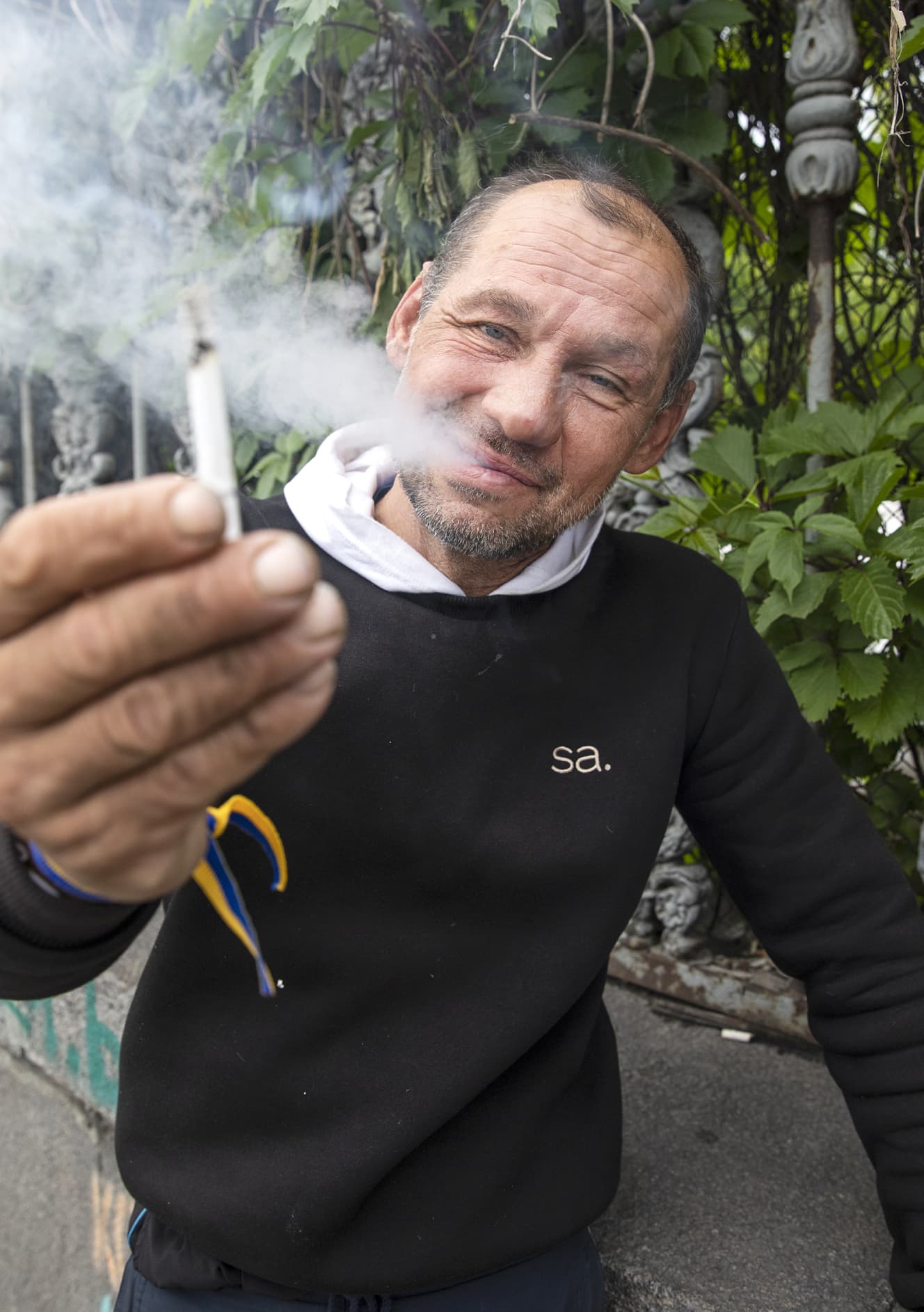
From the November 25, 2022 issue of FRIDAY
Photography and text by: Hisato Kawashima